ON WRITING FANTASY: Setting & the Five Senses
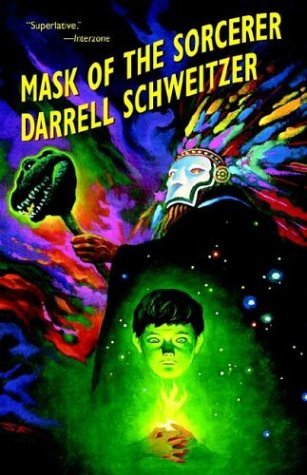 “The city is a different place in the daylight, bright banners waving from towers, houses likewise bright with hangings and with designs painted on walls and roofs. The ships of the river unload by day, and the streets are filled with the babble of tongues, while traders and officials and barbarians and city wives all haggle together. It is a place of sharp fish smells and strange incense and leather and wet canvas and unwashed rivermen who bring outlandish beasts from the villages high in the mountains, near the birthplace of the river.”
“The city is a different place in the daylight, bright banners waving from towers, houses likewise bright with hangings and with designs painted on walls and roofs. The ships of the river unload by day, and the streets are filled with the babble of tongues, while traders and officials and barbarians and city wives all haggle together. It is a place of sharp fish smells and strange incense and leather and wet canvas and unwashed rivermen who bring outlandish beasts from the villages high in the mountains, near the birthplace of the river.”
— Darrell Schweitzer, MASK OF THE SORCERER
“I have never seen a city in the world so beautiful as Merimna seemed to me when I first dreamed of it. It was a marvel of spires and figures of bronze, and marble fountains, and trophies of fabulous wars, and broad streets given over wholly to the Beautiful. Right through the centre of the city there went an avenue fifty strides in width, and along each side of it stood likenesses in bronze of the Kings of all the countries that the people of Merimna had ever known. At the end of that avenue was a colossal chariot with three bronze horses driven by the winged figure of Fame…”
— Lord Dunsany, “The Sword of Welleran”
“Beyond the forest opened a feral country, where many things grew, but out of control and out of a pure determination to be born. Here the huge-thorned roses bloomed spotted as cats on the briars, the apples were salt, and the fruit of the quince tree was like wormwood. Bright birds lived in the thickets but they had no song. The native beasts were savage, but they did not often hunt men, for men did not often come there to oblige them.”
— Tanith Lee, DEATH’S MASTER
Where in the world are we?
When it comes to Fantasy Fiction the importance of a unique and original Setting cannot be overstated. Every story has to take place SOMEWHERE…and the Where of a story often determines every other aspect, including Who, What, and Why. Instead of relying on a re-creation of the “real world,” fantasy writers must create new worlds, which demands a whole new set of skills.
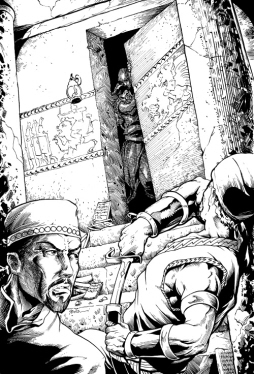 Howard Andrew Jones’ Dabir and Asim stories are some of the most popular we’ve published in Black Gate. His first novel featuring his 9th Century adventurers, The Desert of Souls, is now available
Howard Andrew Jones’ Dabir and Asim stories are some of the most popular we’ve published in Black Gate. His first novel featuring his 9th Century adventurers, The Desert of Souls, is now available 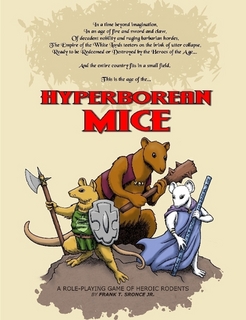 Am I a bad gamer if I really, really want to play this game?
Am I a bad gamer if I really, really want to play this game?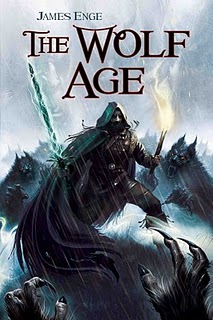 Locus Online reports that James Enge’s first novel Blood of Ambrose, part of his Morlock series, has been nominated for a World Fantasy Award for Best Novel of the Year.
Locus Online reports that James Enge’s first novel Blood of Ambrose, part of his Morlock series, has been nominated for a World Fantasy Award for Best Novel of the Year.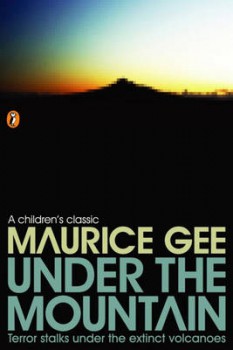 Under the Mountain (1979)
Under the Mountain (1979)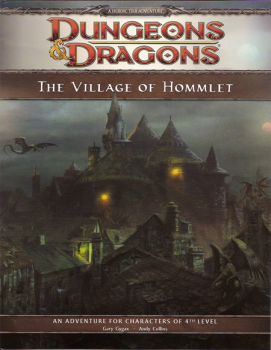 How cool is this? Wizards of the Coast has released an updated version of Gary Gygax’s 1979 classic The Village of Hommlet, one of the most celebrated AD&D adventures and the first part of the notoriously difficult
How cool is this? Wizards of the Coast has released an updated version of Gary Gygax’s 1979 classic The Village of Hommlet, one of the most celebrated AD&D adventures and the first part of the notoriously difficult 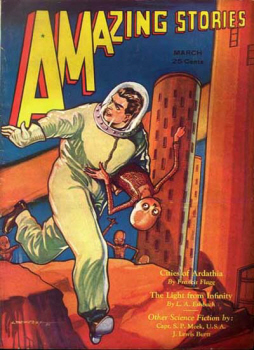 Newcomers to fantasy collecting may be unaware of the scope of pertinent and very useful information on the web, and particulary the resources assembled by members of the Yahoo Fictionmags Group. The terms “Big List,” “FMI,” “Galactic Central,” “Locus Index” and many others crop up without necessarily being understood. Fictionmags includes the authors of some of the most seminal and definitive reference works on magazine Science Fiction, Fantasy, and General Fiction. Not only is this material substantial and providing of answers to many questions, but it is also FREE to anyone conversant in accessing the internet.
Newcomers to fantasy collecting may be unaware of the scope of pertinent and very useful information on the web, and particulary the resources assembled by members of the Yahoo Fictionmags Group. The terms “Big List,” “FMI,” “Galactic Central,” “Locus Index” and many others crop up without necessarily being understood. Fictionmags includes the authors of some of the most seminal and definitive reference works on magazine Science Fiction, Fantasy, and General Fiction. Not only is this material substantial and providing of answers to many questions, but it is also FREE to anyone conversant in accessing the internet.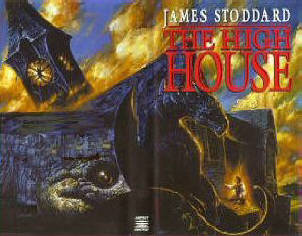 In 1998, American writer James Stoddard published his debut novel, The High House, and two years later followed it with a sequel, The False House. They’re two of the more remarkable fantasies I know.
In 1998, American writer James Stoddard published his debut novel, The High House, and two years later followed it with a sequel, The False House. They’re two of the more remarkable fantasies I know. 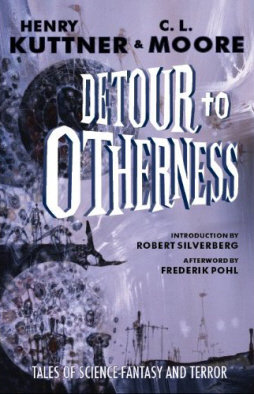 Yesterday’s deliveries here at the Black Gate rooftop headquarters yielded — among the usual bills, magazines, and spare parts for the plutonium-powered signal beacon — a review copy of Detour to Otherness, by Henry Kuttner & C.L. Moore.
Yesterday’s deliveries here at the Black Gate rooftop headquarters yielded — among the usual bills, magazines, and spare parts for the plutonium-powered signal beacon — a review copy of Detour to Otherness, by Henry Kuttner & C.L. Moore.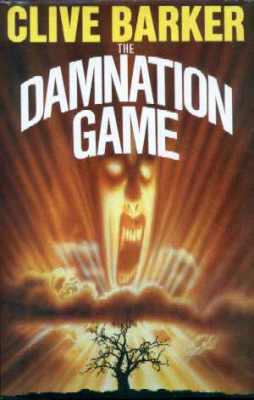 Collector prices are not always rational, as I think most collectors know. They can be fueled by hysteria. As many collectors have noticed, Clive Barker futures are very soft these days. Only the first British hardcovers of the Books of Blood and the British first of The Damnation Game have retained their value. There was a time, within a year or so of publication, when the advance galley of the American edition of Weaveworld could easily bring a hundred dollars. The last time I sold one, I bought it for $1.00 and got $10.00; but that was years ago. Nowadays you would be lucky to get five dollars for a copy. American firsts of Barker, or even galleys of same, are virtually worthless.
Collector prices are not always rational, as I think most collectors know. They can be fueled by hysteria. As many collectors have noticed, Clive Barker futures are very soft these days. Only the first British hardcovers of the Books of Blood and the British first of The Damnation Game have retained their value. There was a time, within a year or so of publication, when the advance galley of the American edition of Weaveworld could easily bring a hundred dollars. The last time I sold one, I bought it for $1.00 and got $10.00; but that was years ago. Nowadays you would be lucky to get five dollars for a copy. American firsts of Barker, or even galleys of same, are virtually worthless.